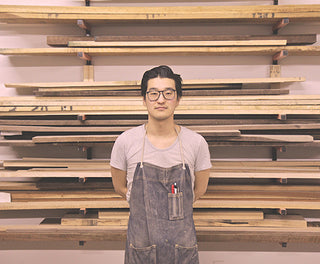We all had dreams in high school. The jocks wanted to be professional athletes, the nerds wanted to be the next Bill Gates, etc. I wanted to be Tom Morello, Kirk Hammett, and Kurt Cobain all mashed into one. Like a superpower metal rock god. It was only later that I found out it was called Dave Mustaine. But high school was always a funny experience for me. I never really quite fit in, yet got along with the rest of the herd. High school in the ’90s, for me, was all about wrestling, metal, punk, more wrestling, and 2Pac. That’s all that mattered until I picked up the axe.
I can still remember the day my dad brought me to Steve’s Music to buy my first guitar and amp. I was both terrified and excited at the same time. What was I doing? Once home, I shut the door of my room and started waving that thing around, pretending to be playing in front of a sold out crowd. The noise coming out of the amp was total shit, but it was fun. I practiced learning Metallica riffs all day and night in my room with headphones on. Gain and distortion. Nothing else mattered.
Now here I am, a failed musician. Like Biggie said, “It was all a dream.” Until I caught up with my friend Mitz Takahashi. He designs furniture for a living and likes to use excessive rock ‘n’ roll metaphors for all he does. He makes dreamy furniture that is unique and timeless – something really hard to achieve nowadays without it being a copy of a copy.
Japanese people always do things better.
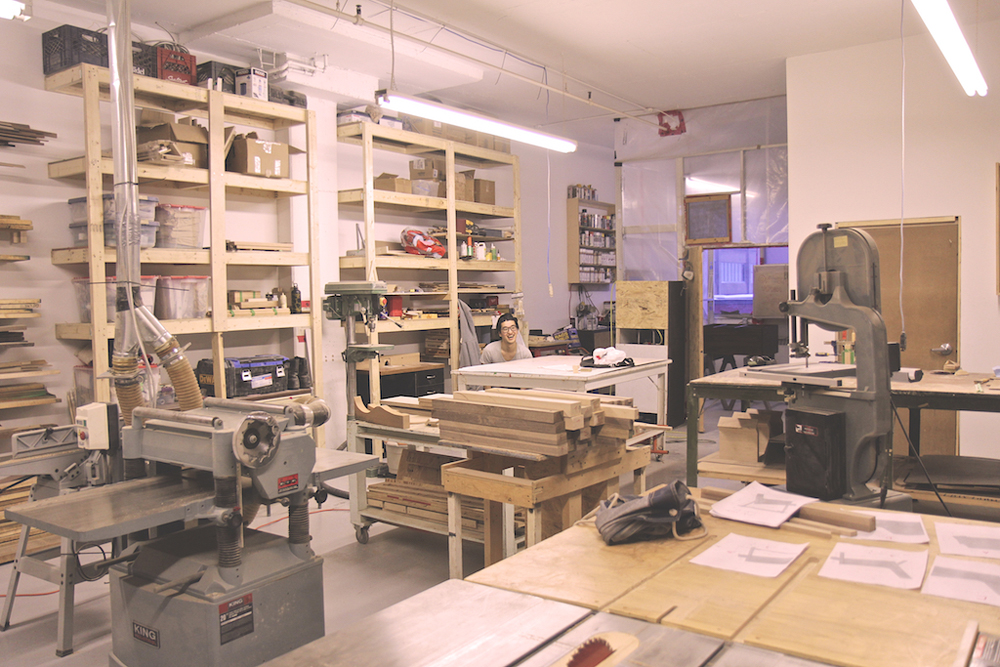
JOHNNY F. KIM: How did you end up going from Japan to Montreal?
MITZ TAKAHASHI: Well, in Japan, when you graduate from junior high, there is an entrance exam you must take for high schools. Kids tend to select schools that suit their academic level, but I didn’t study at all in junior high since I was too busy listening to grunge bands. So I ended up at a not so good school, which bored the hell out of me. That led to me asking my parents if I could go overseas and explore. It just happened that the sister of my mom’s friend was married to a Canadian fellow, and that high school was actually cheaper in Canada than in Japan. So, knowing that, I packed my backpack with a couple of clean underwear and a bunch of Sub Pop records and CDs and left Japan at the age of 16.
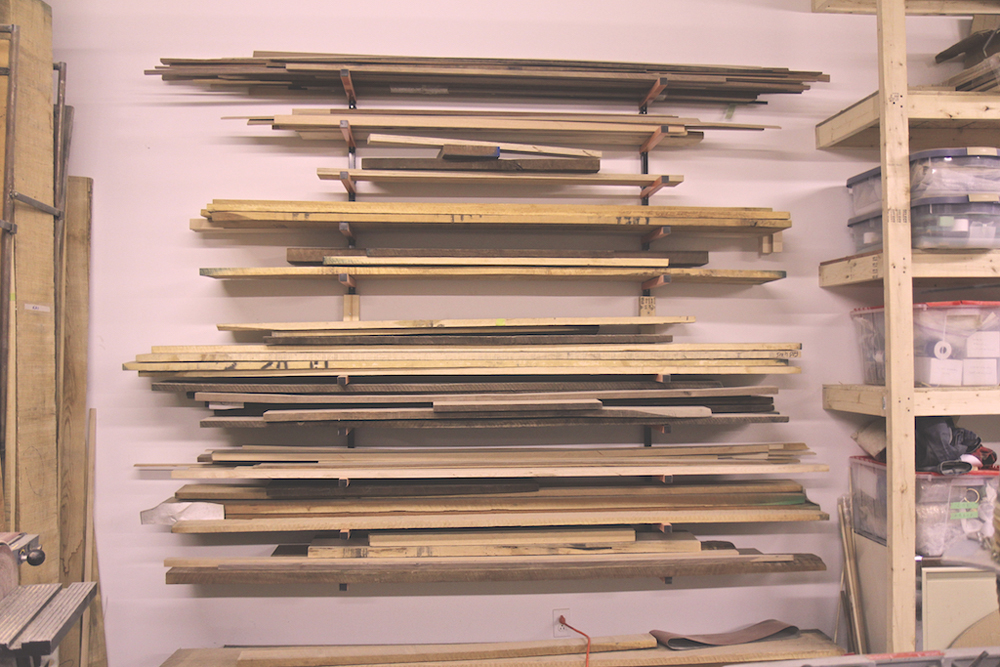
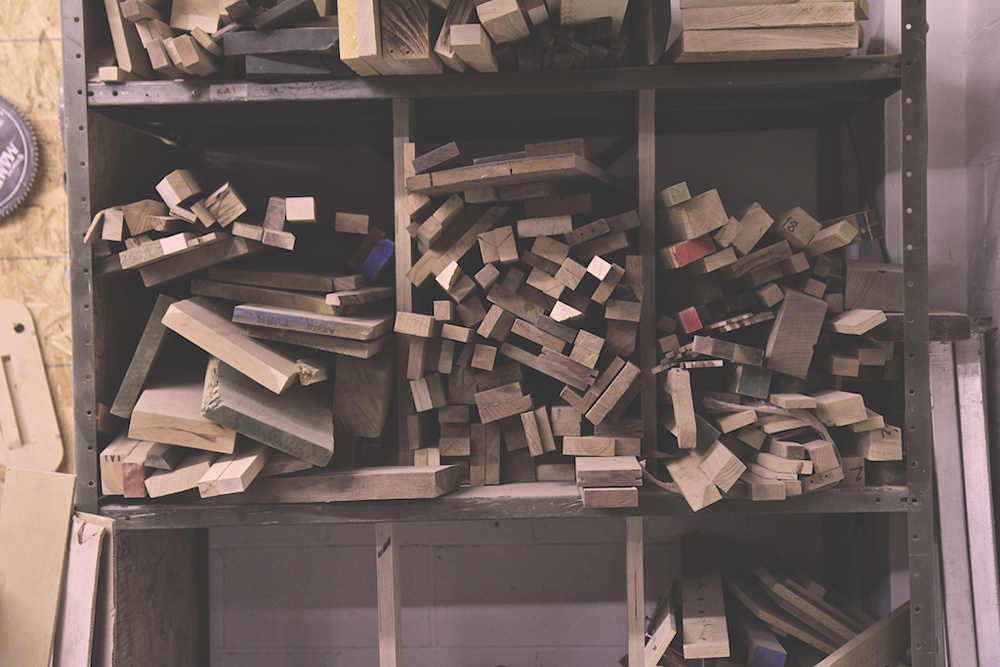
So you move to Canada. How did furniture design and woodworking come up?
This sounds very cheesy, but since I was little, I always liked making and building stuff, from small models airplanes to playing with Legos or drawing Godzilla. University is where I took it more seriously and started experimenting. I took fine arts like any hopeless romantic loser would do. So, I was doing everything from theater lighting to sculpture. But around that time, I started to get interested in furniture designs, which are daily functional objects, yet beautiful. I was actually DIYing more than anything for a while, I was waiting for my immigration paper from the Canadian government. I was making stuff like guitar amp cabinets with hand tools; just trying things. But I remember on one summer afternoon day, I hit my finger so hard with a hammer that it was so painful and it made me really dizzy and almost made me shit my pants. Another time, I almost cut off my finger with a jigsaw and shit my pants so hard that I needed to change my pants and socks. Just kidding. Anyways, I started to feel that I needed to learn it properly. After I got permanent resident status, I listened to “Immigrant Song” by Led Zeppelin and found a Woodworking school here, in Montreal, which I could get bursary and really cheap tuition. The rest is history.
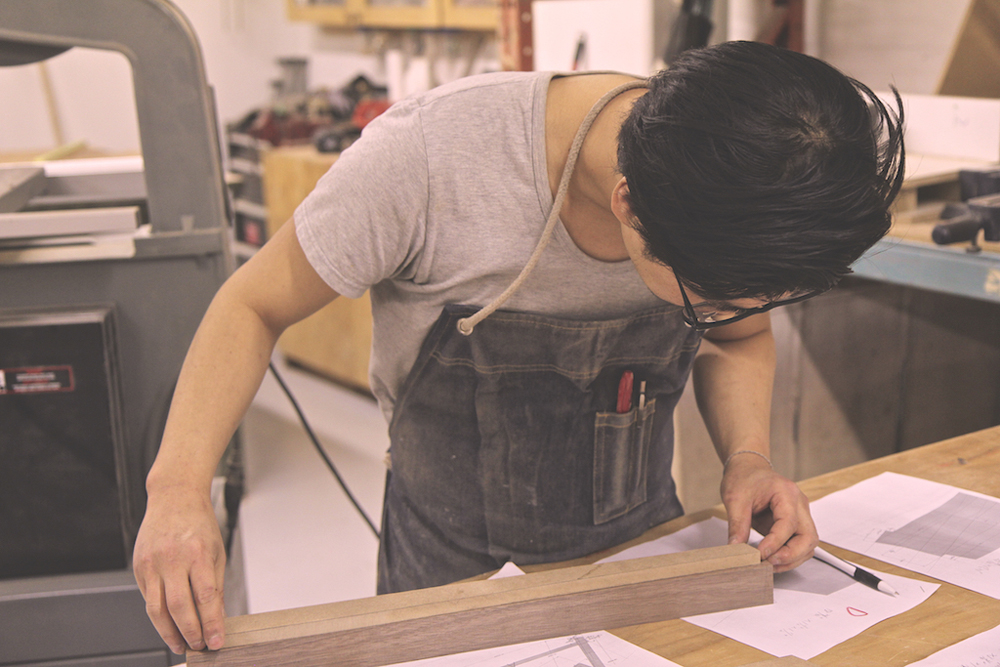

Would you say that woodworking techniques in Japan are different from the Western method?
The basics are same. For example, ravioli and dumplings are the same concept, but ingredients are different and pasta and yakisoba are also basic in concept as well, but taste different. There are so many different ways, such as joinery, materials, and finishing techniques to construct furniture. Just like cuisines from all over the world or different kinds of music. Some people love to shred like the guitar gods, but on the other hand, some people like simple pop songs. I always compare furniture design to food and music.
Why so?
Like most things, I like something that can last a long time. There are trends and they wash up and fade away quickly. Some people follow trends, just like many bands jumped on grunge in early ’90s, and, on the other hand, some stayed the same and made whatever they believed in. I personally like to concentrate on what I want to make. I may sound a bit preachy now, so I’ll stop. [Laughs]
There are plenty of people doing what you do, how do you differentiate yourself from the pack?
I don’t think I’m making super original stuff, but I try to make stuff that is timeless, which tend to be quite simple and minimal with a slight modern touch. Once, I went to a Japanese/French fusion restaurant and I thought they ruined the ingredients by putting truffles on top. It was just too much, tuna alone was fresh and good.I was listening to this band and they had great songs, but their songs were a little too long for me. They could have cut 4th chorus and the outro guitar solo and it would of been perfect, I thought. So, I try not to get too busy on my design, that can carry on for generations to generations.
How do you define your style?
Hmmm… minimal and simple with a touch of yuzu pepper.
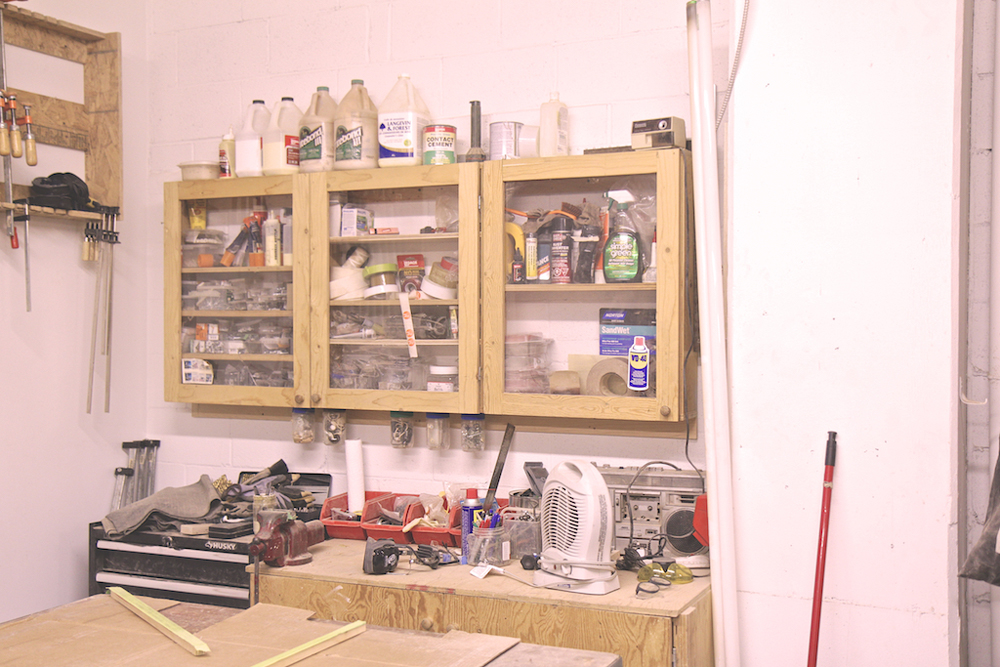
Tell us about the Yosegi method you use on your furniture.
Yosegi is a technique which laminates many different species of wood to make geometric patterns. When I was in school, there were leftover bins that had a lot of offcuts. I used to collect them and started to make something from nothing. I sometimes end up making nothing out of nothing, [laughs] but I try to recycle as much wood as possible. It kind of felt like when you open the fridge and made a great meal from leftover stuff in the fridge, which is great since I didn’t need to put pants on to get groceries because of a hangover. Okay, I’ll stop now.

So what is the creative process for Mitz Takahashi from start to finish of a project?
Sketching and watching soccer games (EPL, Bundesliga, Series A, and J-League) and more sketching. Then, take a break and watch some Japanese comedy shows and sketch again and eat ice cream and sketch once more and nap for a bit and get up and sketch and make prototypes and solve problems and choose materials and finish and make them.

What would you say is the hardest part of your craft?
Coming up with the right proportion. Since my works are simple, I spend a lot of time on proportions such as leg thickness, cabinet size/thickness of material. These seem like minor but I want to tend to make slender furniture so I work on a lot of proportion.
We spoke a bit about technology replacing actual manual work and being more apparent into today’s design process. Do you feel that it will someday replace what you do?
I am really excited about technology. Some people are like traditionalists and only use hand tools, which I highly respect. But, I could never do what they do with just their hand tools. I respect them so much. For me, though, if I have access to better machines and tools, I would use them since it would open up a lot of potential and choices for me. I really wish, someday, someone makes a sanding machine, because sanding is tiring and so soul sucking. One day, eventually, machines can replace what I do. I will buy that robot that makes furniture and I will just sit by the beach and listen to podcasts, sipping exotic cocktails, feeding my pet monkey in the sun. So it sounds great to me unless that robot has a crazy A.I. that takes over my identity and it all becomes like a Sci-Fi movie.

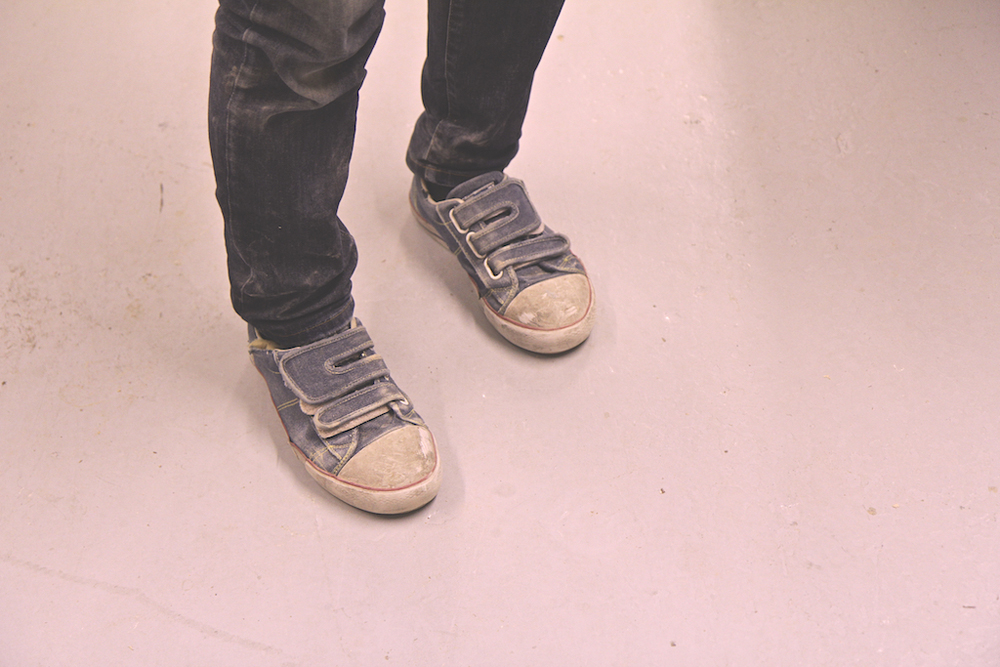
Woodwork is one thing and designing furniture is another – how do you select on what you want to work on or what you do?
Some people ask me to reproduce other designers work, but, obviously, I tell them I can’t do it for ethical reasons and I counter offer them with my designs instead. I do some custom work and design also my small line of chairs and stools. They are all my designs.
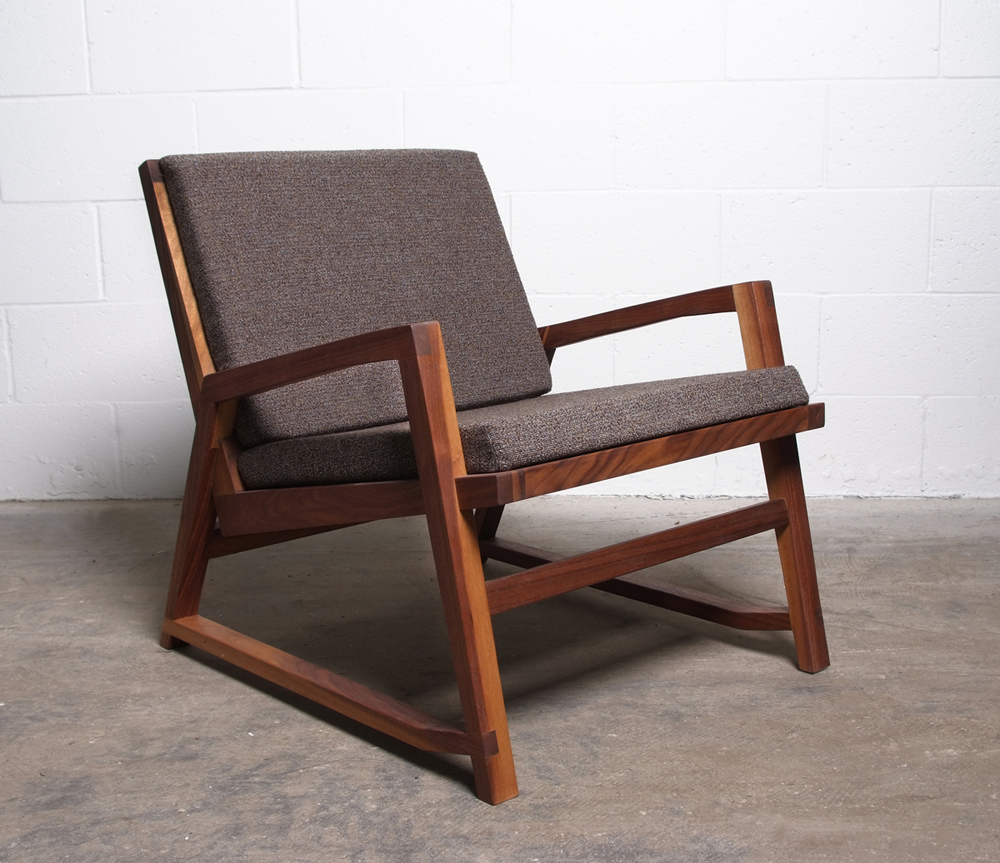
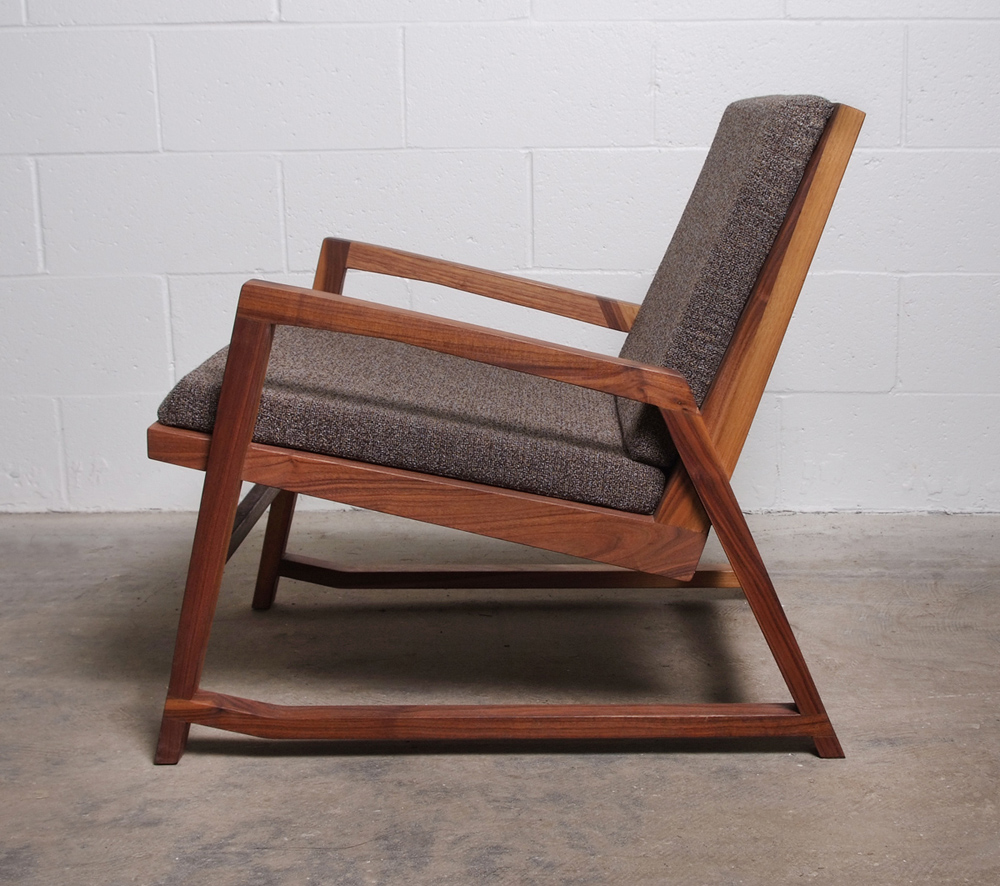
What are you working on at the moment?
I’m making 4 Isao chairs at the moment, two in walnut, one in white oak, and one in maple. I’m also going to visit my family in Japan for a month. I just can’t wait to eat ramen.
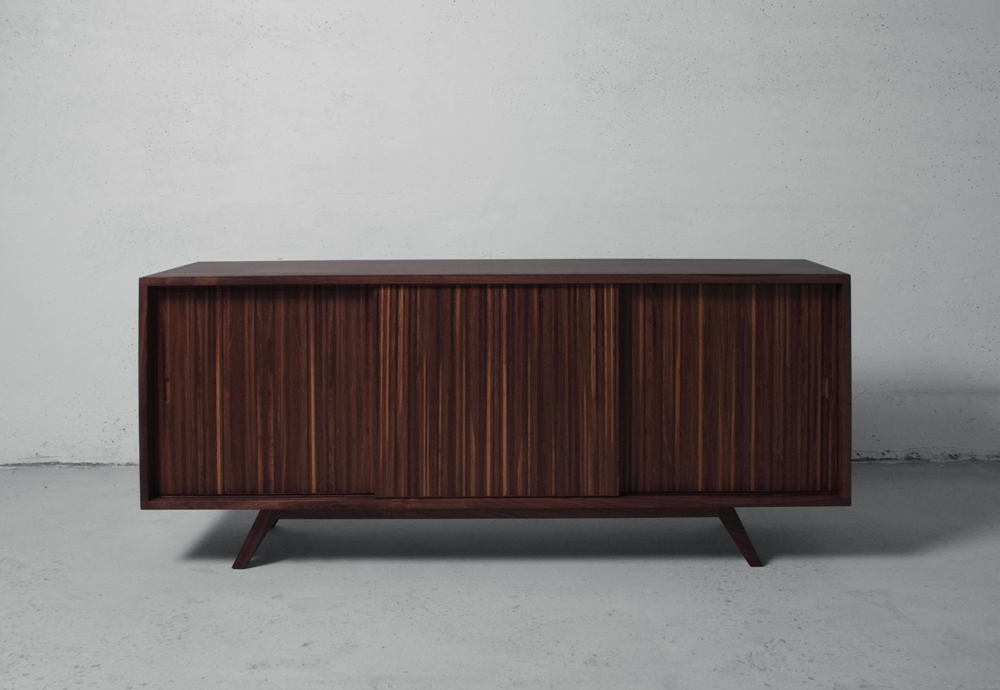
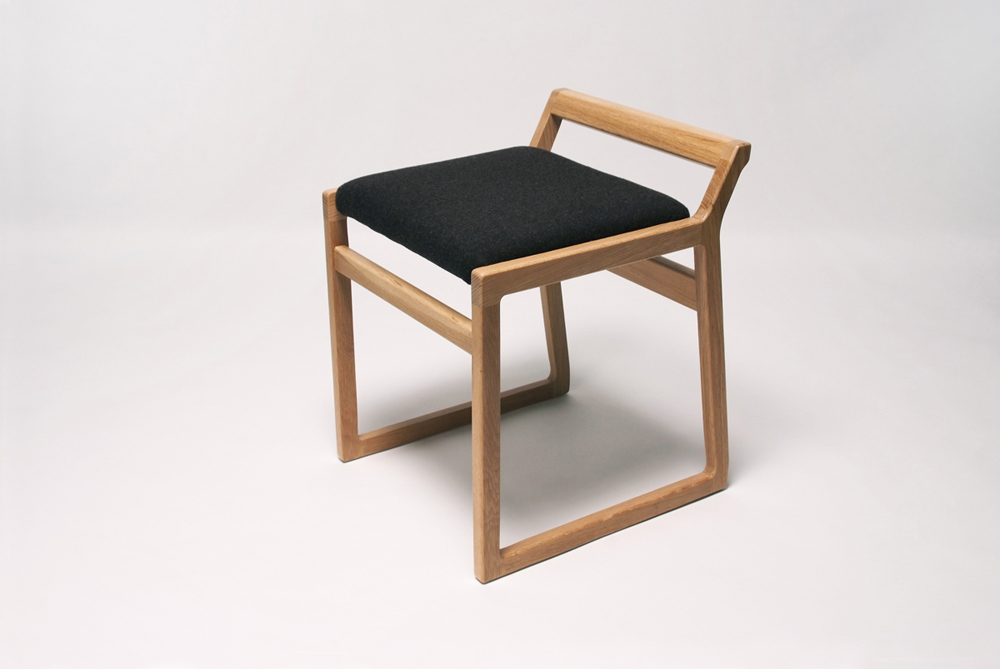
Are you also looking into exploring into other materials?
I’ve been meaning to work with steel and concrete, but I haven’t had time. I will make some prototypes maybe this year. YOLO!

Who and what inspires you and your designs?
Recently, I realized what I do is that I just wanted to make my family and friends proud. My parents and brothers are huge since, without my parents, I would be still a swimming sperm like a Finding Nemo – well, I don’t know what I’m talking about.
I like most of mid-century modern designers like everyone else, which is quite popular now, but can’t deny their aesthetics, which is timeless. I like Finn Juhl, Dieter Rams, and Isamu Noguchi. Sculptures by Marisol Escobar. Outsider artists like Henry Darger. I like reading too, and, also dumb stuff like reading Amazon reviews on night vision goggles and thermographic goggles. I just want to get them so that I can see cats in the alley. I’m not creepy!

So was Jesus a good furniture designer?
I think he was a carpenter, no?
Well, he made a tall table in Mel Gibson’s Passion of the Christ. I believe what I see in the movies. [Laughs]
I’m not sure. I also heard he wasn’t a carpenter. Maybe he was a plumber. He definitely wasn’t an electrician. I’m sure he was a good furniture designer, but his clients got freaked out when he started washing their feet. Soon after that, his Tumblr was all about foot fetishes and his Twitter was just pics of feet. His Instagram account was flagged as well.
::
Visit MITZTAKAHASHI.COM to keep up with Mitz and for more info on purchasing one of his designs.
Additional photos by Julie Lachance.

